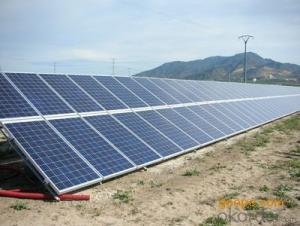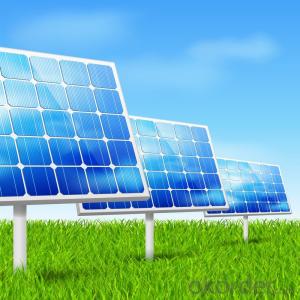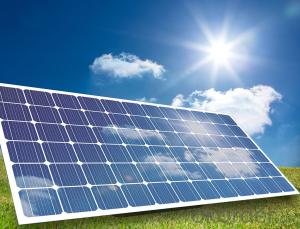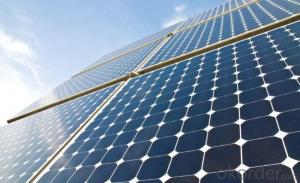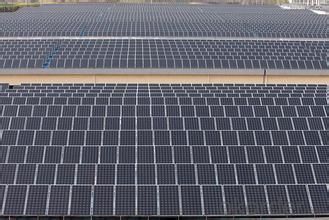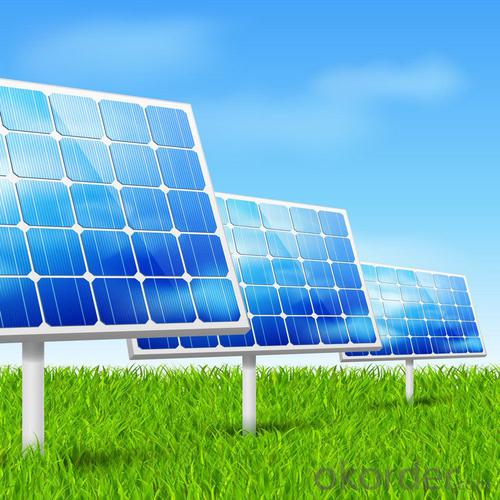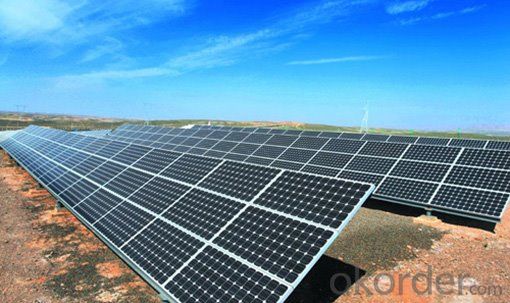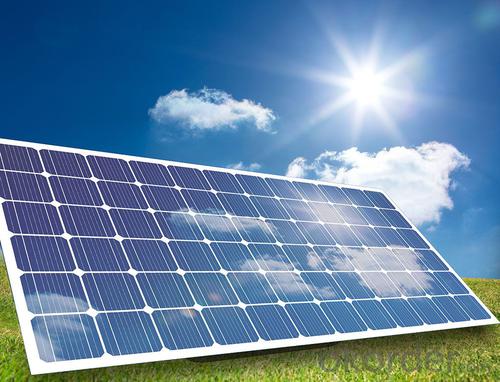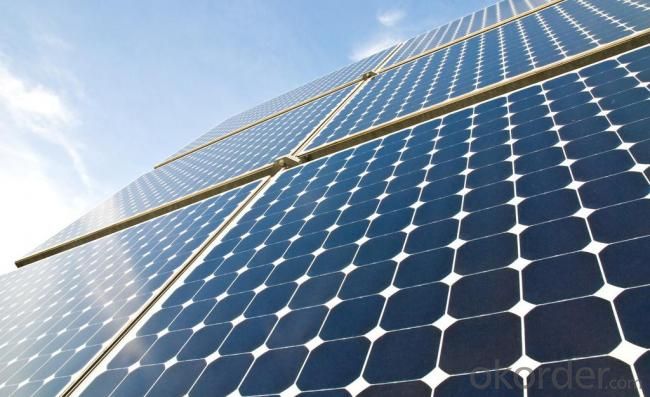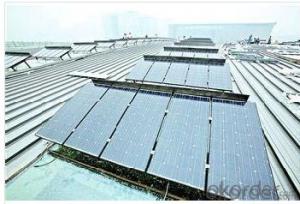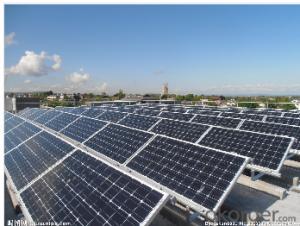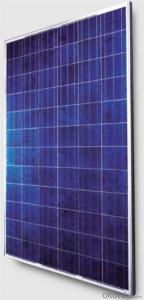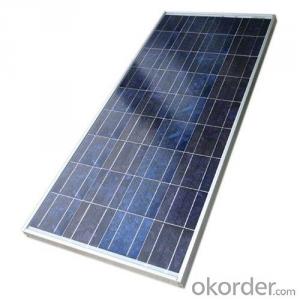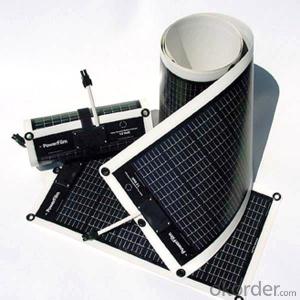Stretchable Solar Cells - Cheap 2024 New S=S Solar Module Mounting of CNBM
- Loading Port:
- Shanghai
- Payment Terms:
- TT OR LC
- Min Order Qty:
- 11 watt
- Supply Capability:
- 1111111 watt/month
OKorder Service Pledge
OKorder Financial Service
You Might Also Like
1.Structure of Solar Module Description
The solar module is an off-gird solar power generator, designed to provide stable and reliable electricity to homes and communities without access to grid electricity or to those regions where are short of power or even without power. The solar module is convenient to move, easy to set-up with reliable performance, making it ideal for situations where emergency power is required. It is an ideal & reliable energy source for a wide variety of applications, ranging from lighting , radios, fans ,televisions ,computers ,refrigerator. The USB port is compatible with all 5V-USB charged devices. It can also act as a back-up power source during emergency situations.
2.Main Features of the Solar Module
1).High conversion efficiencies resulting in superior power output performance.
2).Outstanding power output even in low light or high temperature conditions
3).Optimized design for ease of soldering and lamination
4).Long-term stability,reliability and performance
3.Solar Module Images
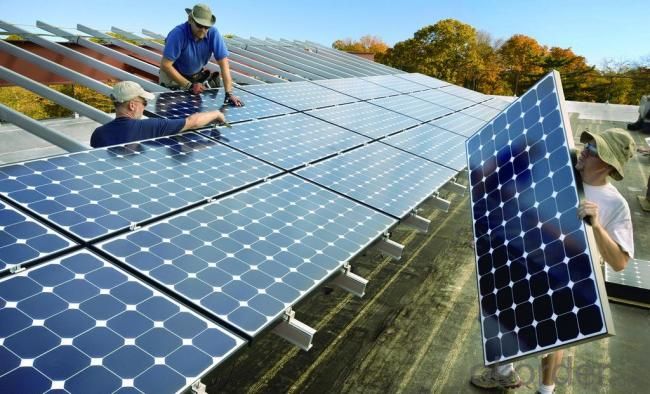

4.Solar Module Specification
nstallation Site: | flat roof |
Applicable Roof Cladding: | Suitable for most types of cladding |
Roof Slop: | Up to 60o |
Max. Building Height: | Up to 65ft(20m) |
Wind Load: | 130mph(60m/s) |
Snow Load: | 30psf(1.4kN/m2) |
Applicable Module: | Framed |
Module Orientation: | Landscape or portrait |
Code Compliance: | AS/NZS 1170; |
Material: | Aluminum, stainless steel |
Warranty: | 10 years on material |
5.FAQ of Solar Module
1). Q: Are you a factory or trading company?
A: We are a factory.
2). Q: Where is your factory located? How can I visit there?
A: Our factory is located in Jiangyin, Jiangsu, China, near Shanghai. You are warmly welcomed to visit us!
3). Q: How can I get some samples?
A: Please connect me for samples
4). Q: Can the price be cheaper?
A: Of course, you will be offered a good discount for big amount.
- Q: Can solar cells be used in ski resorts for snowmaking?
- Yes, solar cells can be used in ski resorts for snowmaking. Solar panels can generate electricity from sunlight, which can be used to power snowmaking machines. This can provide a sustainable and environmentally-friendly solution for snowmaking in ski resorts.
- Q: How big are solar cells?
- Solar cells can vary in size, but typically range from a few square centimeters to several square meters.
- Q: Can solar cells be used for disaster relief efforts?
- Yes, solar cells can be used for disaster relief efforts. They provide a reliable and sustainable source of electricity, enabling the operation of essential equipment such as medical devices, communication systems, and water purification systems in areas affected by natural disasters. Solar cells can also be easily transported and quickly deployed in emergency situations, making them an ideal solution for providing power in remote or inaccessible locations.
- Q: What is 3d solar cell? And anybody know any manufacturers?
- I don’t know exactly what 3d solar cell is, but I heard that it can produce 200% of the power output of conventional solar cells.
- Q: What is the impact of shading on solar cell performance?
- The impact of shading on solar cell performance is significant as even a small amount of shading can significantly reduce the overall efficiency and output of the solar cell. Shading can create "hot spots" on the cell, leading to increased resistance and decreased current flow. This can result in a loss of power generation and reduced performance. Therefore, it is crucial to minimize shading and ensure unobstructed sunlight exposure to maximize the performance and efficiency of solar cells.
- Q: Can solar cells be used to power air conditioning systems?
- Yes, solar cells can be used to power air conditioning systems. Solar panels can generate electricity from sunlight, which can then be used to power various appliances including air conditioning units. This offers a sustainable and renewable energy solution, reducing reliance on traditional power sources and contributing to a greener environment. However, it is important to note that the efficiency and capacity of solar cells may limit their ability to fully power larger air conditioning systems.
- Q: Can solar cells be used for powering oil rigs?
- Yes, solar cells can be used for powering oil rigs. They provide a clean and renewable energy source that can be harnessed to generate electricity for various operations on the rig, reducing reliance on traditional fossil fuel-based generators.
- Q: What is the lifespan of a solar cell?
- The lifespan of a solar cell can vary depending on various factors, but on average, solar cells have a lifespan of around 25 to 30 years. However, with proper maintenance and care, solar cells can even last longer, sometimes up to 40 years or more.
- Q: How much does a solar cell cost?
- If you want to know how much a solar cell cost, it might take you longer time than you thought.
- Q: Can solar cells be used in cloudy weather?
- Yes, solar cells can still be used in cloudy weather, although their efficiency may be reduced. Cloud cover reduces the amount of sunlight available, which can result in a decrease in power output from solar cells. However, solar cells can still generate electricity from diffuse light, so they can still produce some energy even in cloudy conditions.
Send your message to us
Stretchable Solar Cells - Cheap 2024 New S=S Solar Module Mounting of CNBM
- Loading Port:
- Shanghai
- Payment Terms:
- TT OR LC
- Min Order Qty:
- 11 watt
- Supply Capability:
- 1111111 watt/month
OKorder Service Pledge
OKorder Financial Service
Similar products
Hot products
Hot Searches
Related keywords
